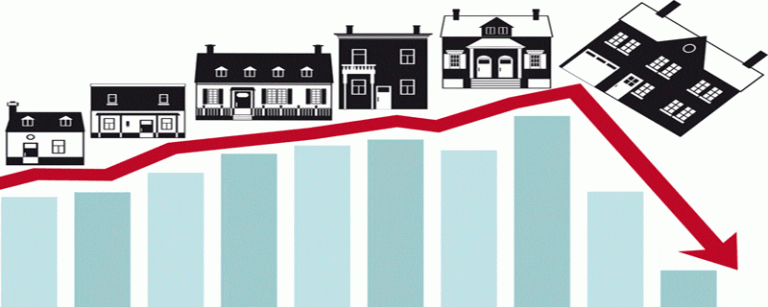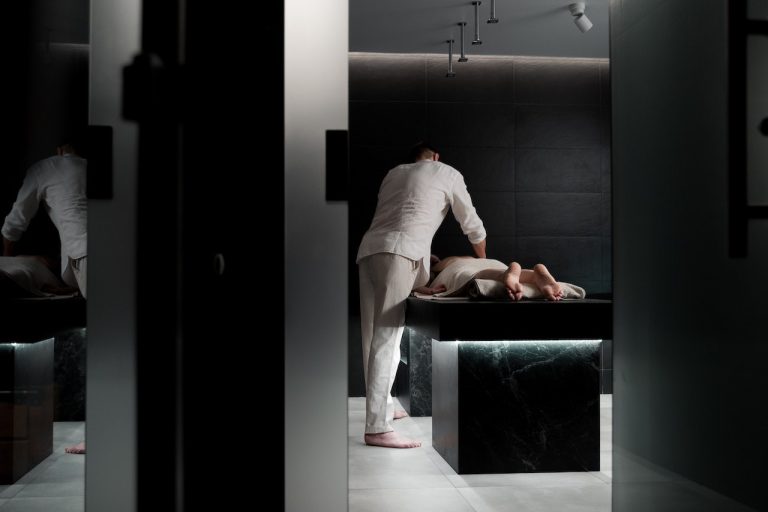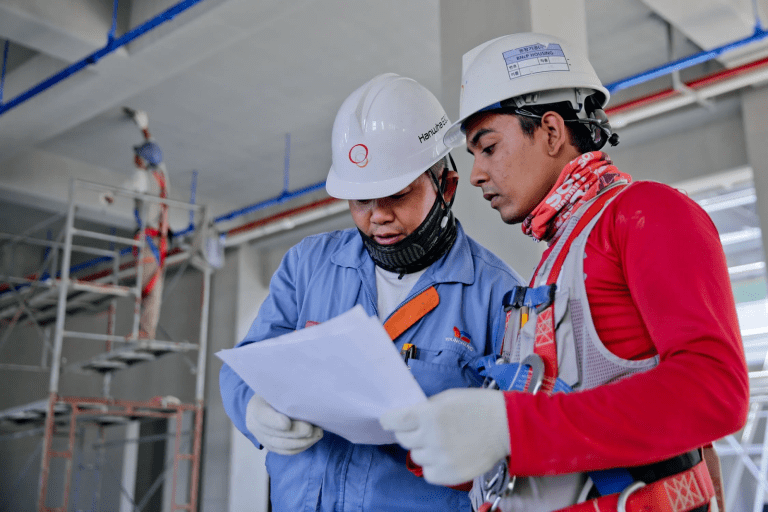When you embark on a construction, manufacturing, or renovation project, you may not always think about the role of aluminium suppliers in making it all happen. However, these behind-the-scenes players play a crucial role in ensuring that your projects run smoothly and successfully. In this blog, we will take a closer look at how aluminium suppliers contribute to the success of your endeavors, from providing quality materials to offering essential support and services.By considering these factors and building a strong collaborative relationship with your supplier, you can navigate your projects with confidence, knowing that you have a trusted ally behind the scenes. 1. Quality Materials One of the primary ways aluminium suppliers keep your projects running smoothly is by providing high-quality materials. Aluminium is a versatile metal known for its strength, durability, and corrosion resistance. Suppliers source and process aluminium to meet specific industry standards and customer requirements. These suppliers offer a wide range of aluminium products, including sheets, coils, extrusions, and more, each tailored to various applications. Whether you need aluminium for constructing aircraft, manufacturing automotive parts, or fabricating architectural elements, a reliable supplier ensures that the materials meet the necessary specifications. 2. Variety and Customization Aluminium suppliers understand that projects vary widely in scope and requirements. To accommodate this diversity, they offer a variety of aluminium alloys, grades, and finishes. This variety allows you to choose the exact material that suits your project’s needs, whether it’s a specific alloy for aerospace applications or a decorative finish for architectural elements. Furthermore, many suppliers offer customization options. They can cut, shape, and finish the aluminium to your precise specifications. This flexibility is invaluable for projects that demand unique dimensions or specialized surface treatments, such as anodizing or powder coating. 3. Consistency and Reliability For a project to run smoothly, consistency and reliability are paramount. Aluminium suppliers work diligently to maintain a consistent supply chain, ensuring that you receive materials on time and as ordered. This reliability prevents delays and keeps your project timeline on track. Additionally, established suppliers often have backup plans and contingencies in place to mitigate potential disruptions in the supply chain. This proactive approach helps prevent project delays due to unexpected events, such as natural disasters or logistical issues. 4. Technical Expertise Aluminium suppliers are not just providers of raw materials; they also offer valuable technical expertise. Their experienced teams can assist you in selecting the right aluminium alloy and grade for your specific application. They can provide guidance on material properties, finishing options, and best practices for working with aluminium. Moreover, suppliers can help you troubleshoot any challenges that may arise during your project. Whether you encounter issues with material compatibility, fabrication techniques, or finishing processes, their technical support can be instrumental in finding solutions and preventing costly setbacks. 5. Compliance and Certification Quality and safety are paramount in any project, and aluminium suppliers play a significant role in ensuring compliance with industry standards and certifications. Reputable suppliers adhere to rigorous quality control processes and are often certified to international standards such as ISO 9001. These certifications provide assurance that the materials you receive meet the required specifications and quality benchmarks. Furthermore, aluminium suppliers stay up-to-date with industry regulations and environmental standards. They are committed to sustainable practices, which can be beneficial for projects that prioritize eco-friendly materials and processes. 6. Inventory Management Managing inventory efficiently is another critical aspect of keeping your projects running smoothly. Aluminium suppliers often offer just-in-time (JIT) delivery and inventory management services. This means they can deliver materials precisely when you need them, reducing the need for extensive on-site storage and associated costs. JIT delivery ensures that you have the required aluminium materials on hand when you need them, minimizing the risk of material shortages or overstocking issues that can disrupt your project’s flow. 7. Cost Savings Aluminium suppliers can help you save costs in various ways. First, their expertise in material selection can help you choose the most cost-effective aluminium alloy for your application. Second, their ability to provide bulk quantities and competitive pricing can lead to significant savings, especially for larger projects. Additionally, working with established suppliers often comes with the advantage of access to favorable payment terms and credit arrangements, further supporting your project’s financial stability. 8. Relationship Building Strong and lasting relationships with aluminium suppliers can be an asset for your future projects. Building a collaborative partnership can lead to better communication, streamlined processes, and enhanced problem-solving capabilities. This can contribute to smoother project execution and more successful outcomes in the long run. 9. Sustainable Practices Sustainability is an increasingly important consideration in modern construction and manufacturing projects. Reputable aluminium suppliers understand the importance of eco-friendly practices and often implement sustainable measures in their operations. They may source aluminium from responsible suppliers, recycle scrap materials, and reduce waste generation. By partnering with a supplier committed to sustainability, you not only contribute to a greener future but also align your project with environmental regulations and certifications. This can be a significant advantage, especially when working on projects that require adherence to sustainability standards or that involve eco-conscious clients. 10. Continuous Improvement Leading aluminium suppliers are committed to continuous improvement in their products and services. They invest in research and development to explore new alloys, manufacturing processes, and surface treatments. This commitment to innovation ensures that you have access to the latest advancements in aluminium technology, which can enhance the performance, durability, and aesthetics of your project. By choosing a supplier focused on continuous improvement, you gain a competitive edge in terms of product quality and efficiency, ultimately contributing to the overall success of your project. In conclusion, aluminium suppliers are essential behind-the-scenes players in ensuring the success of your construction, manufacturing, or renovation projects. Their commitment to providing quality materials, technical expertise, reliability, compliance, and cost-effective solutions all contribute to keeping your projects running smoothly. By choosing the right supplier and fostering a strong partnership, you can navigate your projects with confidence and achieve your goals efficiently














